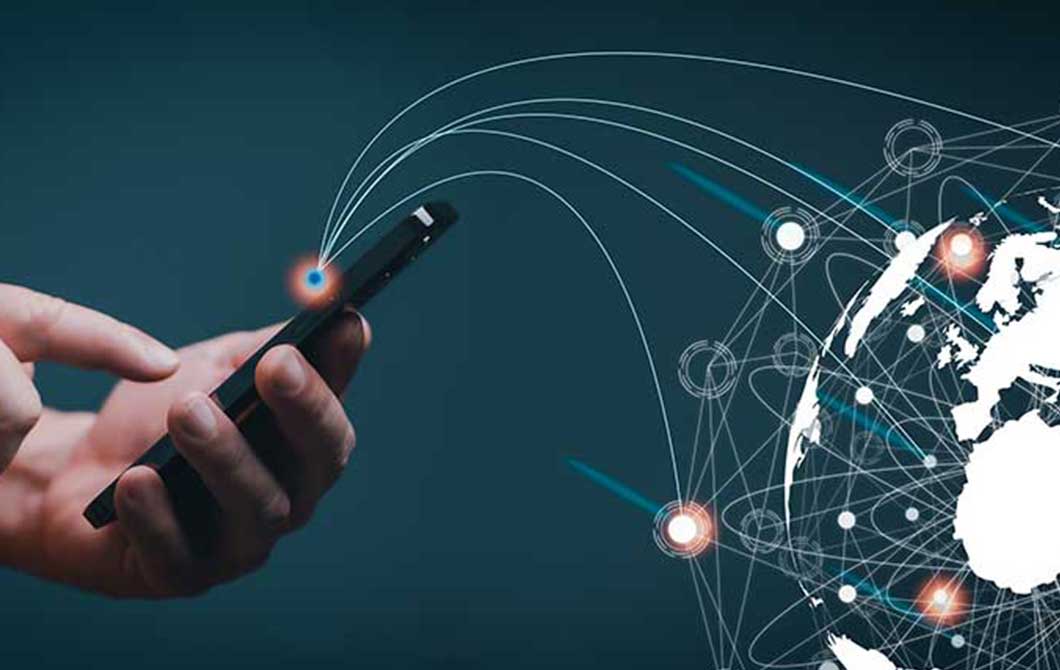5G Core Solution: The advent of 5G technology is transforming the digital landscape, revolutionizing how people and devices interact. At the heart of this innovation is the 5G Core (5GC), a crucial component that ensures the efficient delivery of enhanced mobile broadband, ultra-reliable low-latency communication (URLLC), and massive machine-type communication (mMTC). This article delves into the 5G Core solution, exploring its architecture, features, benefits, and real-world applications.
Understanding the 5G Core (5GC) Solution
The 5G Core is the backbone of the 5G network. It manages and controls network functions, facilitating seamless communication between users, devices, and applications. Unlike the traditional 4G LTE core, the 5G Core is designed with a cloud-native architecture that supports increased flexibility, scalability, and efficiency.
The 5G Core is responsible for handling essential network functions, including user authentication, data management, policy control, and mobility management. With the increasing demand for high-speed, low-latency connectivity, the 5G Core provides a robust foundation for the diverse use cases of the 5G ecosystem.
Key Components of the 5G Core Architecture
The 5G Core architecture is built on the concept of Service-Based Architecture (SBA). This modular design allows network operators to deploy and scale services efficiently. Key components of the 5G Core include:
- Access and Mobility Management Function (AMF): Manages user access, mobility, and session management.
- User Plane Function (UPF): Responsible for data packet routing and forwarding, ensuring efficient data flow.
- Session Management Function (SMF): Handles session establishment, modification, and release.
- Network Repository Function (NRF): Provides a centralized database for network functions and service discovery.
- Policy Control Function (PCF): Enforces network policies related to quality of service (QoS) and data usage.
- Network Slice Selection Function (NSSF): Facilitates network slicing by assigning users to appropriate network slices.
- Unified Data Management (UDM): Manages user data, subscription information, and identity authentication.
Features of 5G Core Solution
The 5G Core solution offers several advanced features that distinguish it from previous generations. These include:
- Cloud-Native Architecture: Built using microservices and containerized environments, enabling rapid deployment and scalability.
- Network Slicing: Allows operators to create virtualized, independent network segments tailored for specific applications.
- Edge Computing Integration: Supports ultra-low latency by processing data closer to the user.
- Enhanced Security: Implements advanced encryption, user authentication, and secure communication protocols.
- Dynamic and Flexible Service Delivery: Supports on-demand resource allocation and network optimization.
Benefits of Implementing a 5G Core Solution
The adoption of a 5G Core solution delivers numerous advantages for businesses, operators, and consumers. Key benefits include:
- Improved Performance and Speed: With the ability to deliver gigabit speeds and sub-millisecond latency, 5G Core enhances user experiences and supports data-intensive applications.
- Operational Efficiency: Automation and cloud-native design reduce operational costs and improve service delivery.
- Scalability and Flexibility: The modular architecture allows for rapid scalability to meet evolving business needs.
- Enhanced User Experiences: Supports new services like augmented reality (AR), virtual reality (VR), and real-time gaming.
- Future-Proof Network: Prepares operators for emerging technologies, ensuring long-term investment protection.
Use Cases of 5G Core Solution
The 5G Core solution powers a wide range of innovative applications across industries. Some key use cases include:
- Smart Cities: Facilitates real-time monitoring, traffic management, and connected infrastructure for smarter urban environments.
- Industrial Automation: Enables machine-to-machine communication, predictive maintenance, and remote operations.
- Healthcare: Supports telemedicine, remote surgery, and patient monitoring through reliable, low-latency connectivity.
- Autonomous Vehicles: Provides real-time data exchange for vehicle-to-everything (V2X) communication.
- Entertainment and Media: Delivers immersive experiences through 4K/8K streaming, cloud gaming, and VR content.
Challenges in Deploying 5G Core Solutions
Despite its many benefits, deploying a 5G Core solution comes with challenges that must be addressed for successful implementation. These include:
- Infrastructure Investment: Requires substantial investment in modernizing legacy systems and building new infrastructure.
- Complex Network Management: Managing a multi-service, multi-vendor environment can be challenging.
- Security Concerns: Increased connectivity raises the risk of cyber threats and data breaches.
- Regulatory Compliance: Ensuring compliance with local and international regulations adds complexity.
- Skill Gaps: Demand for skilled professionals familiar with cloud-native and 5G technologies is growing.
Future of 5G Core Solutions
The future of 5G Core solutions is promising, with continuous advancements shaping next-generation networks. Emerging trends include:
- Artificial Intelligence Integration: Enhances network automation, predictive analytics, and intelligent decision-making.
- 6G Preparation: Laying the foundation for the next evolution of wireless communication.
- Private 5G Networks: Enabling customized, secure networks for enterprises and industrial applications.
- Quantum-Safe Security: Implementing advanced cryptographic techniques to protect against quantum threats.
- Green Networking: Prioritizing energy-efficient practices to reduce the environmental impact of 5G operations.
Conclusion
The 5G Core solution is a pivotal element driving the next generation of connectivity. Its cloud-native architecture, advanced features, and ability to support diverse use cases make it an essential component of modern telecommunications. As industries adopt 5G Core solutions, they unlock new possibilities for innovation, efficiency, and enhanced user experiences. Embracing the 5G Core not only prepares businesses for current demands but also future-proofs their operations in an increasingly digital world.




